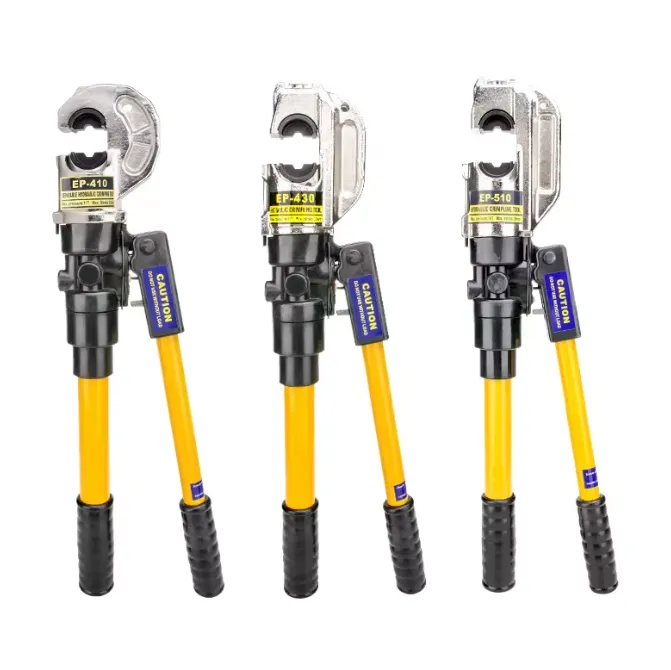
-
 Afrikaans
Afrikaans -
 Albanian
Albanian -
 Amharic
Amharic -
 Arabic
Arabic -
 Armenian
Armenian -
 Azerbaijani
Azerbaijani -
 Basque
Basque -
 Belarusian
Belarusian -
 Bengali
Bengali -
 Bosnian
Bosnian -
 Bulgarian
Bulgarian -
 Catalan
Catalan -
 Cebuano
Cebuano -
 Corsican
Corsican -
 Croatian
Croatian -
 Czech
Czech -
 Danish
Danish -
 Dutch
Dutch -
 English
English -
 Esperanto
Esperanto -
 Estonian
Estonian -
 Finnish
Finnish -
 French
French -
 Frisian
Frisian -
 Galician
Galician -
 Georgian
Georgian -
 German
German -
 Greek
Greek -
 Gujarati
Gujarati -
 Haitian Creole
Haitian Creole -
 hausa
hausa -
 hawaiian
hawaiian -
 Hebrew
Hebrew -
 Hindi
Hindi -
 Miao
Miao -
 Hungarian
Hungarian -
 Icelandic
Icelandic -
 igbo
igbo -
 Indonesian
Indonesian -
 irish
irish -
 Italian
Italian -
 Japanese
Japanese -
 Javanese
Javanese -
 Kannada
Kannada -
 kazakh
kazakh -
 Khmer
Khmer -
 Rwandese
Rwandese -
 Korean
Korean -
 Kurdish
Kurdish -
 Kyrgyz
Kyrgyz -
 Lao
Lao -
 Latin
Latin -
 Latvian
Latvian -
 Lithuanian
Lithuanian -
 Luxembourgish
Luxembourgish -
 Macedonian
Macedonian -
 Malgashi
Malgashi -
 Malay
Malay -
 Malayalam
Malayalam -
 Maltese
Maltese -
 Maori
Maori -
 Marathi
Marathi -
 Mongolian
Mongolian -
 Myanmar
Myanmar -
 Nepali
Nepali -
 Norwegian
Norwegian -
 Norwegian
Norwegian -
 Occitan
Occitan -
 Pashto
Pashto -
 Persian
Persian -
 Polish
Polish -
 Portuguese
Portuguese -
 Punjabi
Punjabi -
 Romanian
Romanian -
 Russian
Russian -
 Samoan
Samoan -
 Scottish Gaelic
Scottish Gaelic -
 Serbian
Serbian -
 Sesotho
Sesotho -
 Shona
Shona -
 Sindhi
Sindhi -
 Sinhala
Sinhala -
 Slovak
Slovak -
 Slovenian
Slovenian -
 Somali
Somali -
 Spanish
Spanish -
 Sundanese
Sundanese -
 Swahili
Swahili -
 Swedish
Swedish -
 Tagalog
Tagalog -
 Tajik
Tajik -
 Tamil
Tamil -
 Tatar
Tatar -
 Telugu
Telugu -
 Thai
Thai -
 Turkish
Turkish -
 Turkmen
Turkmen -
 Ukrainian
Ukrainian -
 Urdu
Urdu -
 Uighur
Uighur -
 Uzbek
Uzbek -
 Vietnamese
Vietnamese -
 Welsh
Welsh -
 Bantu
Bantu -
 Yiddish
Yiddish -
 Yoruba
Yoruba -
 Zulu
Zulu


Nov . 12, 2024 06:33 Back to list
cable hoist puller
The Versatility and Utility of Cable Hoist Pullers
Cable hoist pullers are essential tools in various industries and applications, demonstrating significant versatility and utility. Whether in construction, automotive repairs, or even outdoor activities such as camping and boating, cable hoist pullers provide a powerful solution for lifting, pulling, or hauling heavy loads. In this article, we will explore the various features, types, and applications of cable hoist pullers, highlighting their importance in day-to-day operations.
Understanding Cable Hoist Pullers
At its core, a cable hoist puller is a mechanical device that utilizes a series of pulleys and cable systems to facilitate the lifting or pulling of heavy objects. The principle of leverage is employed, allowing operators to exert a relatively small force to lift or move something that is significantly heavier. The key components typically include a robust steel cable, a lever or ratcheting mechanism, and sturdy hooks to attach to the load.
Types of Cable Hoist Pullers
Cable hoist pullers come in various designs, each suited for specific tasks
. The most common types include1. Manual Cable Hoist Pullers These are operated by hand and require physical effort to pull the load. They are ideal for lighter loads and situations where power sources are unavailable. Manual hoist pullers are compact and portable, making them great for recreational activities such as hunting or camping.
2. Electric Cable Hoist Pullers Electric variants are powered by motors, offering greater lifting capacities with minimal manual effort. They are particularly beneficial in industrial settings where heavy loads are frequently moved, providing efficiency and reducing the risk of injury caused by heavy lifting.
3. Pneumatic and Hydraulic Cable Hoist Pullers These models use compressed air or hydraulic fluid to exert force, making them suitable for heavy-duty applications. They are often found in automotive repair shops and factories, where heavy machinery and components require frequent lifting and moving.
cable hoist puller

Applications of Cable Hoist Pullers
The applications for cable hoist pullers are diverse, ranging from industrial to recreational uses
- Construction Sites Cable hoist pullers are routinely used to lift heavy materials, such as steel beams and concrete blocks, into position. They simplify the process of hoisting loads to significant heights, improving safety and efficiency on the job site.
- Automotive Repair Mechanics often use hoist pullers to lift engines, transmissions, and other heavy components during repairs. This not only eases the physical strain on workers but also enhances the precision and accuracy of the repair process.
- Outdoor Recreation Camping enthusiasts and outdoor adventurers find cable hoist pullers invaluable for tasks like lifting heavy equipment, hauling boats, or performing vehicle recoveries in challenging terrains. Their portability and ease of use make them a staple in outdoor gear.
- Logistics In warehouses and shipping industries, cable hoist pullers facilitate the movement of heavy pallets and cargo. They help streamline operations, making it easier to load and unload shipping containers and move large inventory items efficiently.
Conclusion
In conclusion, cable hoist pullers are indispensable tools that offer significant advantages across numerous fields. By providing safe, efficient, and powerful lifting solutions, they have transformed the way heavy loads are managed in various applications. Whether one is engaged in heavy-duty industry work or simply enjoying outdoor activities, a cable hoist puller can greatly enhance productivity and ensure safety. With advances in technology leading to more compact and powerful designs, the future of hoisting equipment looks promising, making cable hoist pullers more accessible and effective for users across the globe. Embracing this tool means embracing efficiency, usability, and safety in every lifting operation.











